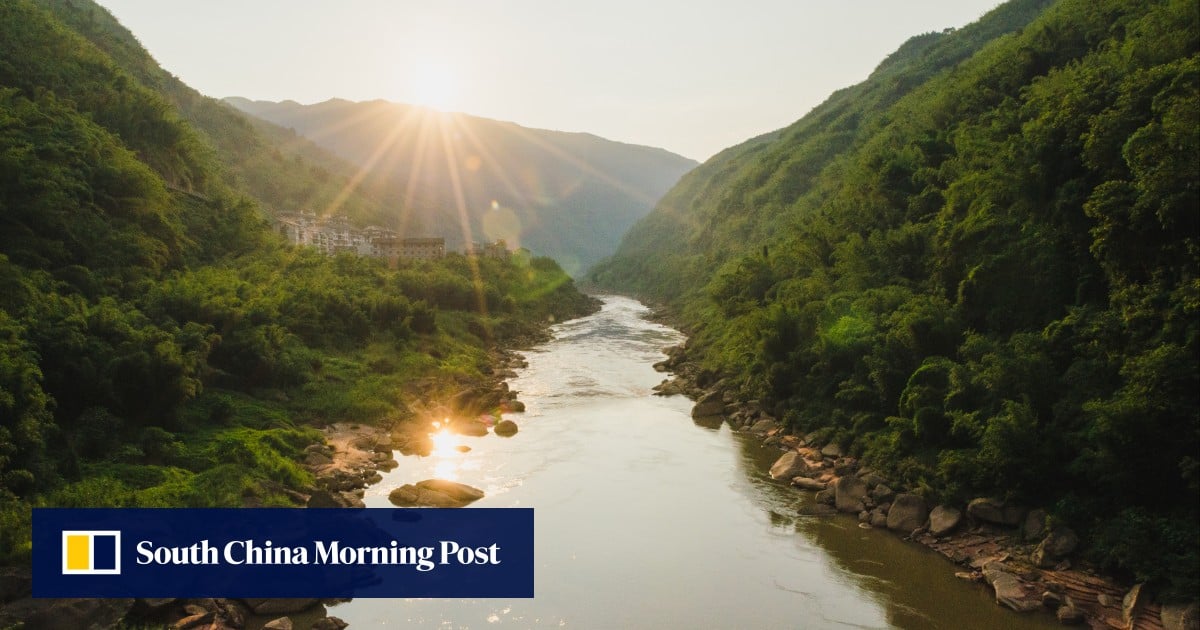China has demolished 300 dams and shut down most of the small hydropower stations on a major tributary of the upper Yangtze River to safeguard fish populations as part of an effort to restore the ecology of Asia’s longest waterway.
According to a report by the state news agency Xinhua on Monday, 300 of the 357 dams on Chishui He – also known as the Red River – had been dismantled by the end of December 2024. In addition, 342 out of 373 small hydropower stations have been decommissioned, enabling many rare fish species to resume their natural reproductive cycles, the Xinhua report said.
The Red River flows for more than 400km (249 miles) through the southwestern provinces of Yunnan, Guizhou and Sichuan. It is regarded by ecologists as the last refuge for rare and endemic fish species in the Yangtze’s upper reaches.
Over the decades, water flows have been increasingly blocked by the dense network of hydropower stations and dams, restricting water volumes downstream and occasionally even causing some sections to dry up entirely.
This has drastically reduced the amount of suitable habitat and spawning grounds. The stations also blocked the routes of migratory fish species between breeding grounds and non-breeding areas.



the raised water levels as a result of the dam is what necessitates displacement. but it wouldnt be hundreds of millions. Three Gorges resulted in 1+ million ppl being resettled
The Yangtze river spans almost entirely in China. China has the logistical capacity to make all of the necessary efforts for environmental impact mitigation and the prevention of the displacement people. This number would be much worse in a different country.
This new dam spans several different countries. I dunno, seems pretty bad on the surface
China would be building the dam within China, right? So the raised water level doesn’t impact India (and India might have a slightly lower water level and the other issues expressed, but those aren’t nearly as extreme effects as far as human settlement goes). It looks like the river between the origin point and the station is located entirely in Tibet (almost the whole length of it that is in Tibet, the station is right near where it crosses the border to India).
I think some of China’s environmental planning has been bad or negligent or short-sighted or whatever (e.g. encroaching on natural deserts and not just the ones they caused), but based on the given information, this seems like a manageable problem at worst.
From what I remember reading in the past, the rivers on the Indian side always get flooded and destroy villages every year so lower flow might be good for them but maybe the southern most states are affected? (not completely sure but that is how I remember it)